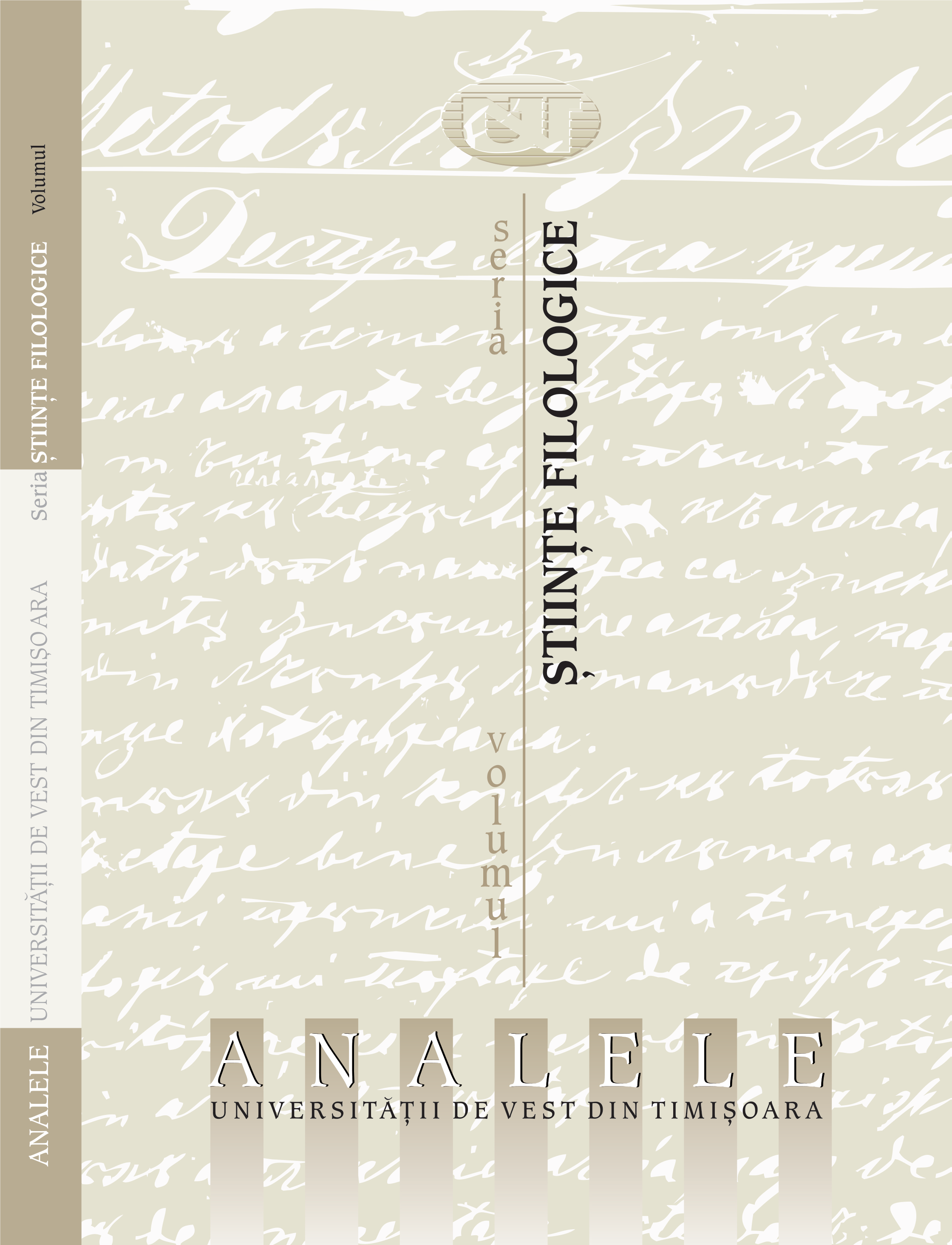Erori recurente în interlimba studenților din Haiti care învață limba română ca L2
Recurrent Errors in the Interlanguage of Haitian Students Learning Romanian as a Second Language
Author(s): Irina Dincă, Mihaela-Oana GogoșeanuSubject(s): Foreign languages learning, Language acquisition
Published by: Editura Universităţii de Vest din Timişoara
Keywords: Romanian as a second language; interlanguage; pidginization; creolization; contrastive analysis; error analysis;
Summary/Abstract: This paper aims to analyze the mechanisms which lead to some recurrent errors in the interlanguage of Haitian students learning Romanian as a second language, in a longitudinal study based on a corpus of their written productions, from A1 to B2 levels of linguistic competence. The methodological premises of this approach can be found in studies regarding the concept of the interlanguage continuum, developed by Larry Selinker and S.P. Corder, but also in the hypotheses regarding the genesis and development of the pidgin and creole languages. Taking into consideration the similarities between the mechanisms of the development of the transitional idiolects of second language learners and the processes involved in the development of creole languages, our approach will focus on the case study of the interlanguage continuum of Haitian students. The diglossia these students are accustomed to in their native linguistic environment and the frequent code-switching between Haitian Creole and French offer them a wider variety of heuristic hypotheses and more freedom and creativity in elaborating their interlanguage when learning Romanian. The empirical part aims to analyze four types of errors selected from the interlanguage samples found in a corpus of written texts belonging to Haitian students from the Preparatory Program (levels A1-B2). The four categories follow a surface strategy, based on the learners’ predisposition to alter linguistic structures through omission, addition, misordering, and misinformation, taxonomy adopted from Heidi Dulay, Marina Burt, and Stephen Krashen. The advantage of this analysis is that it helps the researcher to identify the cognitive mechanisms underlying the development of the interlanguage, as well as the teacher to adopt the right remedial strategies for enabling students to become aware of their errors and to control them accordingly.
Journal: Analele Universităţii de Vest din Timişoara.Seria ştiinţe filologice
- Issue Year: 60/2022
- Issue No: 60
- Page Range: 245-265
- Page Count: 21
- Language: Romanian

